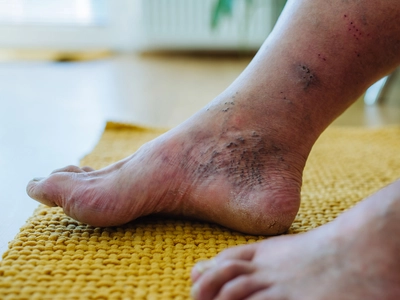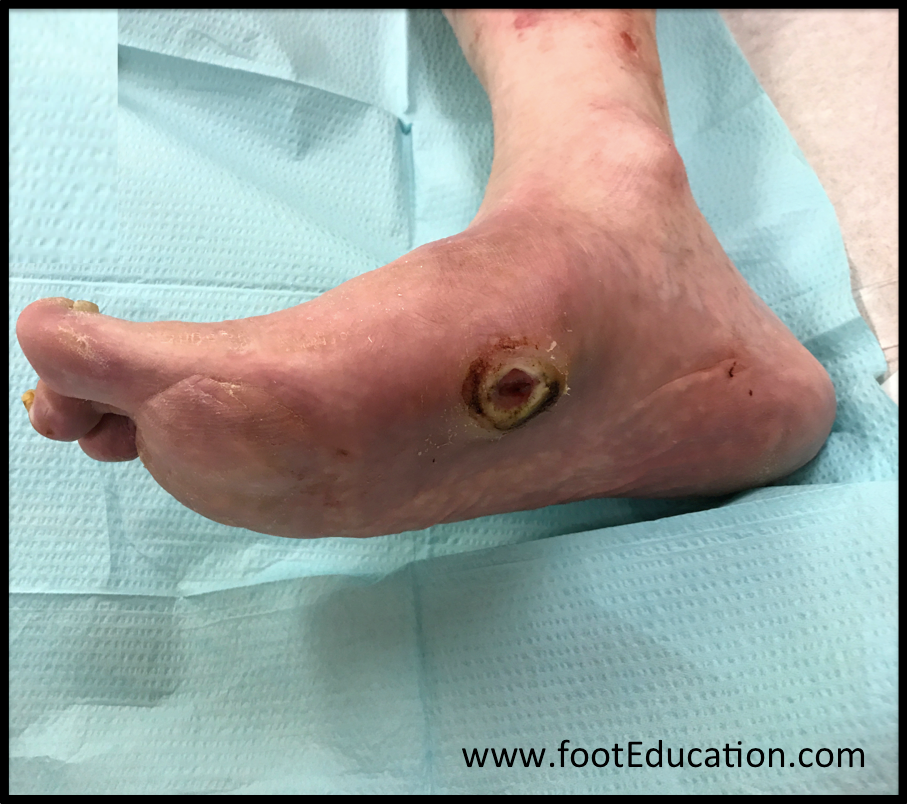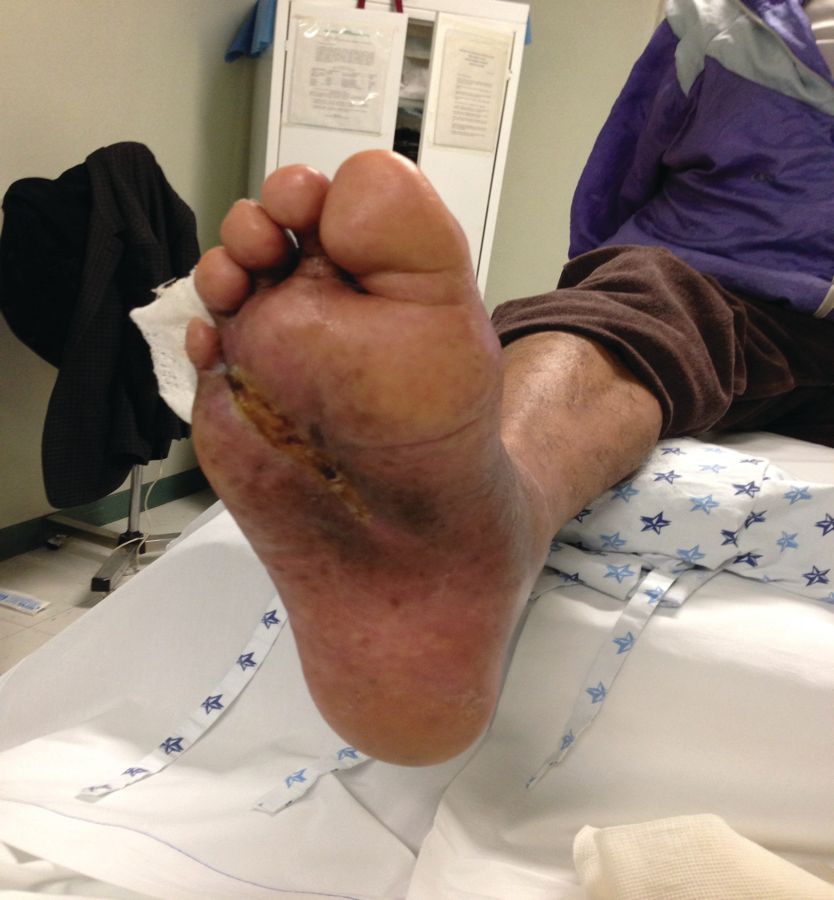
Diabetes can lead to foot problems that create serious complications. These issues typically show up as wounds or open sores on the feet that take a long time to heal or never heal completely.
People with diabetes must check their feet daily. Look at the tops, bottoms, and spaces between toes carefully.
Long-term diabetes patients need extra care for their feet and lower legs. This is especially true for those with type 1 diabetes.
Blood moves poorly to feet since they sit far from the heart. Diabetes makes this circulation problem worse. The disease blocks normal blood flow and reduces oxygen delivery to foot tissues.
Without enough oxygen and nutrients, foot tissues start breaking down. In severe cases, tissue death occurs.

Understanding Diabetic Foot Problems
Diabetic foot refers to serious changes that happen in foot structure and function. The condition creates disability for many patients.
Two main problems cause this condition: damaged nerves and blocked blood vessels that reduce circulation.
Doctors divide diabetic foot into two categories:
- Nerve-related diabetic foot: High blood sugar damages different types of nerves over time. This affects feeling, movement, and automatic body functions. Patients lose sensation in their feet and develop structural changes. Without normal feeling, pressure sores form easily on the bottom of feet.
- Blood flow diabetic foot: Blocked arteries reduce blood supply to feet significantly. Poor circulation makes tissues weak and prone to injury, infection, and tissue death.
Causes of Diabetic Foot Problems
High blood sugar over many years damages nerves and blood vessels. This creates the foundation for foot problems.
Type 1 diabetes develops when the body attacks its own insulin-making cells. Blood sugar rises dangerously high without proper insulin treatment.
Excess sugar in blood harms vessels and nerves throughout the body. Legs and feet suffer the most damage from this process.
Wounds typically appear on areas that bear weight, like toe spaces and the ball of the foot. Untreated wounds grow deeper and become infected. Severe infections may require major medical intervention.

Warning Signs to Watch
Several early symptoms signal developing foot problems:
- One foot feels warmer than the other
- Loss of feeling for temperature, pressure, or pain
- Burning or prickling feelings
- Cuts, sores, or wounds that heal slowly
Care and Prevention Methods
Daily foot inspection prevents many serious problems. Use mirrors or ask others for help if you cannot see all areas clearly.
Clean and watch any wound carefully, even small cuts. Prompt attention prevents infections from developing.
Severe tissue damage sometimes requires surgical removal of affected areas. This extreme step shows why early care matters so much.
Good daily habits prevent most serious problems:
- Maintain clean and moisture-free feet
- Select properly sized shoes from materials that allow air flow
- Pick socks manufactured from natural fabric
- Stop walking without shoes or using cramped footwear
- Avoid treating foot problems yourself—visit an expert, particularly for toenail maintenance
Most importantly, control your diabetes with care. Stick to your medical plan, consume prescribed drugs correctly, and attend routine appointments. Your careful attention can greatly lower the chance of developing foot complications and safeguard your general health.





